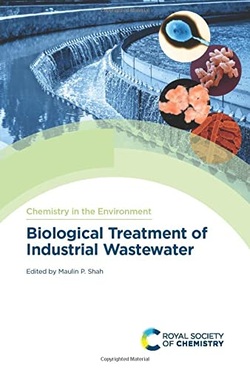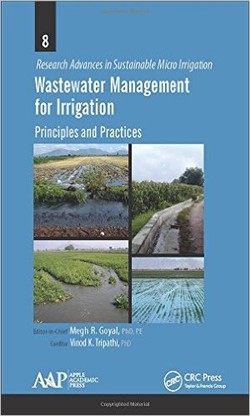شیمی ازن در تصفیه آب و فاضلاب؛ از اصول اساسی تا کاربردها

سال انتشار: 2012 | 302 صفحه | حجم فایل: 21 مگابایت | زبان: انگلیسی
Chemistry of Ozone in Water and Wastewater Treatment: From Basic Principles to Applications
نویسنده
Clemens von Sonntag
ناشر
IWA Publishing
ISBN10:
1843393131
ISBN13:
9781843393139
قیمت: 16000 تومان
برچسبها: تصفیه آب و فاضلابEven though ozone has been applied for a long time for disinfection and oxidation in water treatment, there is lack of critical information related to transformation of organic compounds. This has become more important in recent years, because there is considerable concern about the formation of potentially harmful degradation products as well as oxidation products from the reaction with the matrix components. In recent years, a wealth of information on the products that are formed has accumulated, and substantial progress in understanding mechanistic details of ozone reactions in aqueous solution has been made. Based on the latter, this may allow us to predict the products of as yet not studied systems and assist in evaluating toxic potentials in case certain classes are known to show such effects.
Keeping this in mind, Chemistry of Ozone in Water and Wastewater Treatment: From Basic Principles to Applications discusses mechanistic details of ozone reactions as much as they are known to date and applies them to the large body of studies on micropollutant degradation (such as pharmaceuticals and endocrine disruptors) that is already available. Extensively quoting the literature and updating the available compilation of ozone rate constants gives the reader a text at hand on which his research can be based. Moreover, those that are responsible for planning or operation of ozonation steps in drinking water and wastewater treatment plants will find salient information in a compact form that otherwise is quite disperse. A critical compilation of rate constants for the various classes of compounds is given in each chapter, including all the recent publications.
This is a very useful source of information for researchers and practitioners who need kinetic information on emerging contaminants. Furthermore, each chapter contains a large selection of examples of reaction mechanisms for the transformation of micropollutants such as pharmaceuticals, pesticides, fuel additives, solvents, taste and odor compounds, cyanotoxins.








































